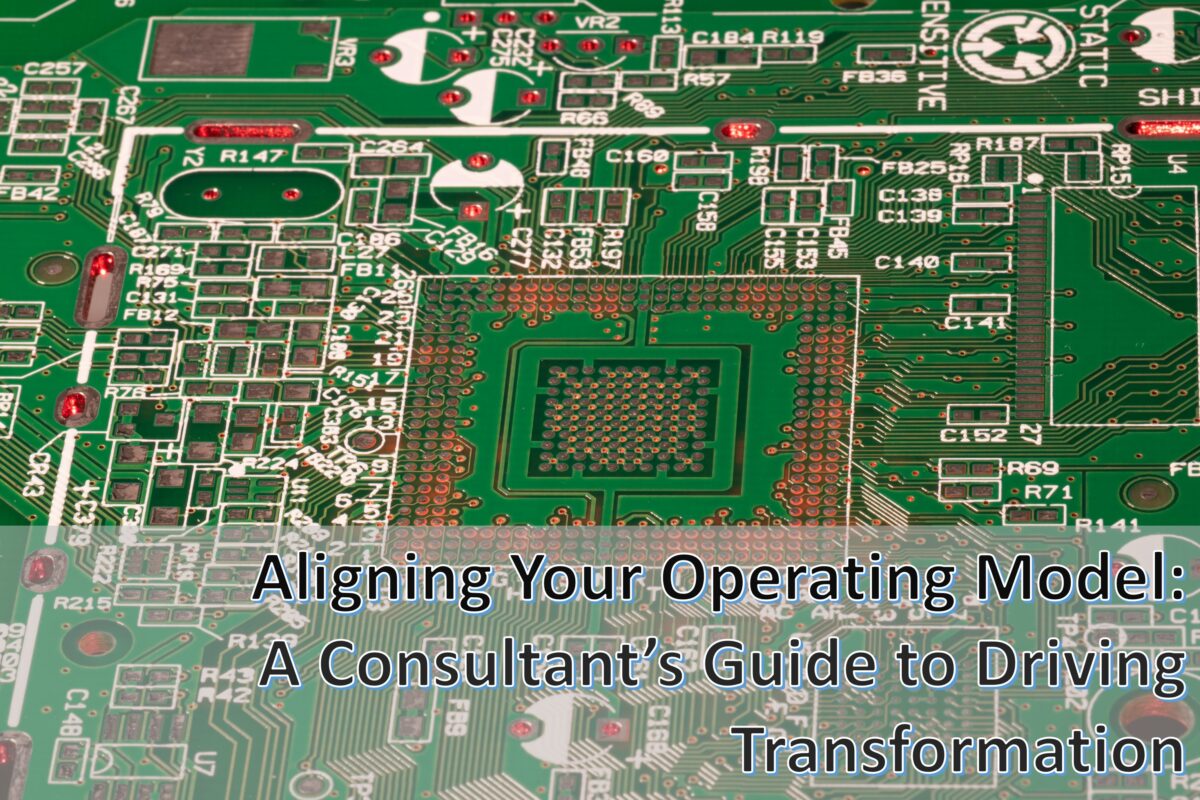Every transformation starts with urgency and good intentions. But success? That takes structure, clarity, and consistent leadership. Here’s what truly matters when setting up your transformation program:
1. Start with alignment at the top
Transformation starts with clarity — not just motion.
Before launching workstreams or assigning tasks, hold a kick-off workshop with the C-level and key leaders. This is where momentum begins:
- Align on the vision, timeline, and goals
- Identify risks, challenges, and opportunities
- Map initial governance, key roles, and resource needs
- Create shared understanding — and shared commitment
Without this foundation, transformation efforts drift or stall before they even begin.
2. Resource the program with the best people
My Rule #4: Resource your program with top people
𝘈𝘷𝘢𝘪𝘭𝘢𝘣𝘪𝘭𝘪𝘵𝘺 𝘪𝘴 𝘯𝘰𝘵 𝘢 𝘴𝘬𝘪𝘭𝘭 𝘴𝘦𝘵. Transformation is not business as usual — it’s a high-stakes, high-visibility program that demands experience and credibility.
Whether internal or external, transformation leaders must be:
- Strategically minded, but operationally grounded
- Cross-functional in thinking and respected across levels
- Clear in communication and decisive in delivery
If that person is not already in your organization, bring them in.
3. Narrow the focus — then stay focused
Successful transformation is about doing less, but better.
Trying to fix everything at once leads to overload, frustration, and poor execution.
- Prioritize 3–5 focus areas
- Phase initiatives into realistic timelines
- Set milestones that allow you to review and adapt
It’s better to deliver one major improvement than to manage ten disconnected projects.
4. Define roles, governance, and feedback loops
People don’t resist change — they resist confusion.
Build a program structure that enables decision-making and accountability:
- Who owns each workstream?
- What gets escalated, and where?
- How do we measure progress and act on it?
Establish regular reviews, steer proactively, and course-correct early.
5. Actively shape the culture you need
No transformation sticks without cultural alignment.
Culture isn’t just “how we do things” — it’s what gets rewarded, what gets ignored, and what behaviors leadership tolerates.
To make culture part of your transformation:
- Identify what drives your current culture (habits, legacy, leadership styles)
- Define a target culture aligned with your strategic goals
- Run it by employees and listen to feedback — you’ll gain trust and valuable insight
- Lead by example: behaviors at the top set the tone
- And most importantly: take your time
Culture change takes quarters — not weeks. But it’s the multiplier that makes everything else stick.
6. Communicate, communicate, communicate
Even the best strategy fails if people don’t know what’s happening.
Communicate progress regularly. Celebrate quick wins. Address concerns. And be visible.
The best transformation leaders don’t just manage — they narrate the journey.
If you’re kicking off a transformation, don’t just act — lead.
Build clarity, earn trust, and create a structure where change becomes reality.








